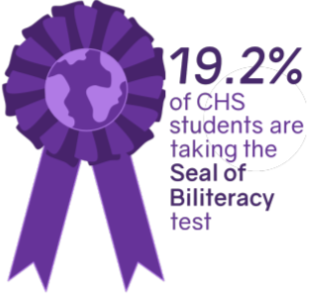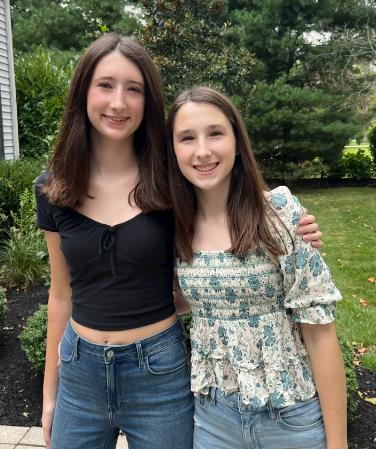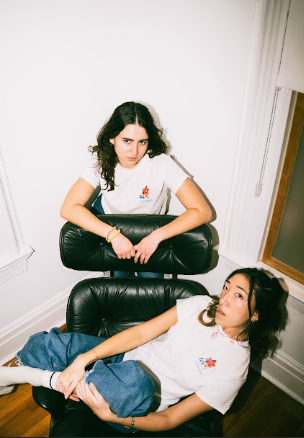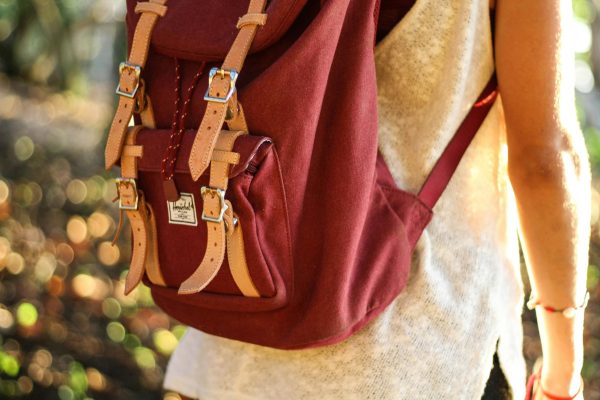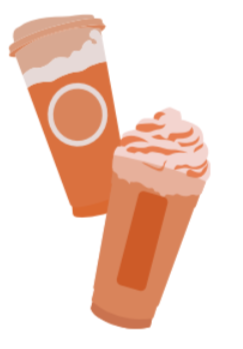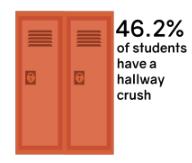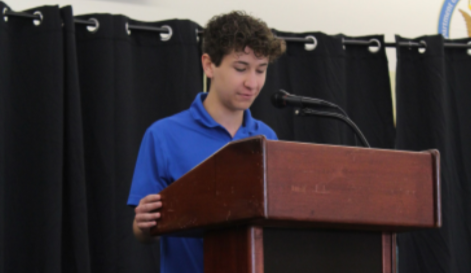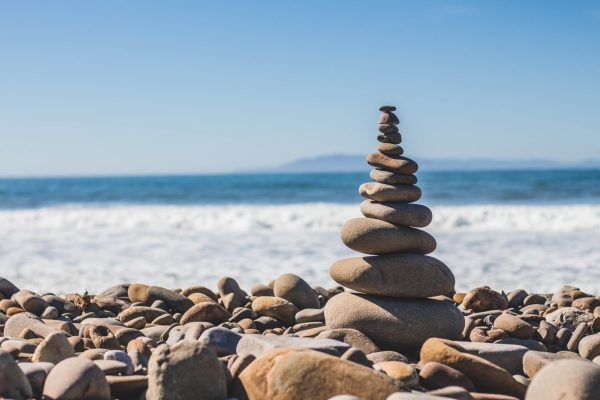Every meeting continues to count: CHS club participation on the decline
UNSPLASH PHOTO COURTESY OF John Schnobrich
The lack of leadership positions being passed down during COVID leads to less interest in clubs at CHS. https://unsplash.com/license
May 20, 2022
Every rise has its fall, and this feeling resonates now more than ever with CHS clubs, almost all of which are seeing dwindling rates of attendance.
After the Club Fair in September sparked interest in many students, club attendance boomed, especially compared to the past year when clubs were barred from in-person meetings entirely. However, in the months following, the rate of attendance has gone down substantially, even compared to before the COVID-19 pandemic.
While COVID-19 does seem to be the primary catalyst of this phenomenon, there are other factors to consider. Whether it be due to conflicting schedules or a lack of motivation, many students haven’t joined any clubs or don’t actively participate in those they have joined, yielding a diminished club attendance rate.
One of the clubs particularly suffering from this drought of attendees is the Photo Club. Senior Drew Lepping of West Long Branch, who is president of the Photo Club, has noticed a significant drop in attendance at the club’s meetings.
“Before COVID, when I was a sophomore and a freshman, there were a lot of people at the meetings, but now there’s just not,” Lepping said. “It’s just been hard to promote.”
Lepping added that the current lunch schedule, which has different grades eating at different times, makes it very difficult to plan meetings that people from all grades can make it to.
“It’s impossible to get everyone on the same page,” Lepping said.
Sophomore Morgan Tashjian of Middletown shares Lepping’s desires for a better way to schedule meetings.
“I don’t really attend a lot of clubs because I might have things to do on those days, or the schedules will overlap,” Tashjian said. “Sometimes, it’s just not worth my time.”
Photo Club isn’t alone in grappling with low attendance rates. Senior Isabella Decker of Monmouth Beach, president of SkillsUSA, has noticed that after the two-year hiatus of clubs, there was a significant decrease in attendance as they returned.
“When I was a freshman, the club [SkillsUSA] was definitely a lot bigger than it is now,” Decker said. “I have noticed a big drop in participation.”
Despite the drop in attendance for most, junior Amanda Riordan of Manasquan, manager of the tech club, reports a steady membership.
“I think our club might be successful because it’s very low-stress,” Riordan said. “When people don’t want to take on other projects, our club is always there with open doors to let them just relax a bit.”
Especially after the stress that virtual learning and the pandemic brought about, relaxation and de-stressing have become increasingly important in club participation, especially for upperclassmen experiencing burnout.
“It feels like everyone’s work ethic has really decreased,” said senior Brielle Karolak of Brielle. “My initial go-getting attitude that I had as a freshman has definitely decreased.”
After a global pandemic placed harsh limitations on interaction with others, the mental health of many students has been challenged, leading to a decreased motivation to participate in extracurriculars. The suspension of club activity caused by COVID-19 not only demotivated students, but also, as senior Aidan Connolly of Middletown hypothesized, left students in leadership roles with unclear instructions on how to run their clubs.
“The people who used to be running clubs had very set ways of doing things,” Connolly said. “People would just take over and do the exact same things the last person did. The people who are seniors now were sophomores a couple of years ago. They might not have been in the clubs or don’t remember vividly how things worked.”
Connolly suggested that the effects of COVID-19 on clubs will continue even as the pandemic begins to fade, as it took away fundamental time from the process of passing on leadership within them.
“I feel like COVID is becoming less and less responsible for the club attendance drops,” Connolly explained, “and that it’s more just not remembering how things were before COVID and a drop in motivation.”




